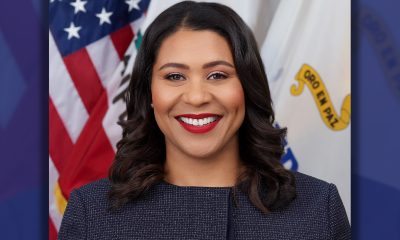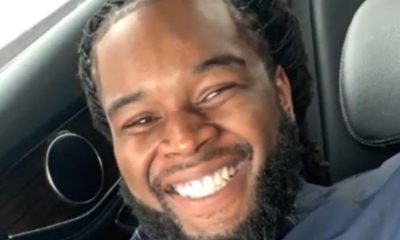#NNPA BlackPress
#WordinBlack: Schools and Black Students’ Mental Health: The Kids Aren’t Alright
THE AFRO — Prior to the pandemic, in 2019, suicide was the second leading cause of death for Black youths ages 15 to 24, according to the Office of Minority Health. The same report found Black high school-aged girls were 60 percent more likely to attempt suicide than their white peers. And, by June 2020, the CDC saw the rate of Black respondents who reported having “seriously considered suicide” was significantly higher.
The post #WordinBlack: Schools and Black Students’ Mental Health: The Kids Aren’t Alright first appeared on BlackPressUSA.
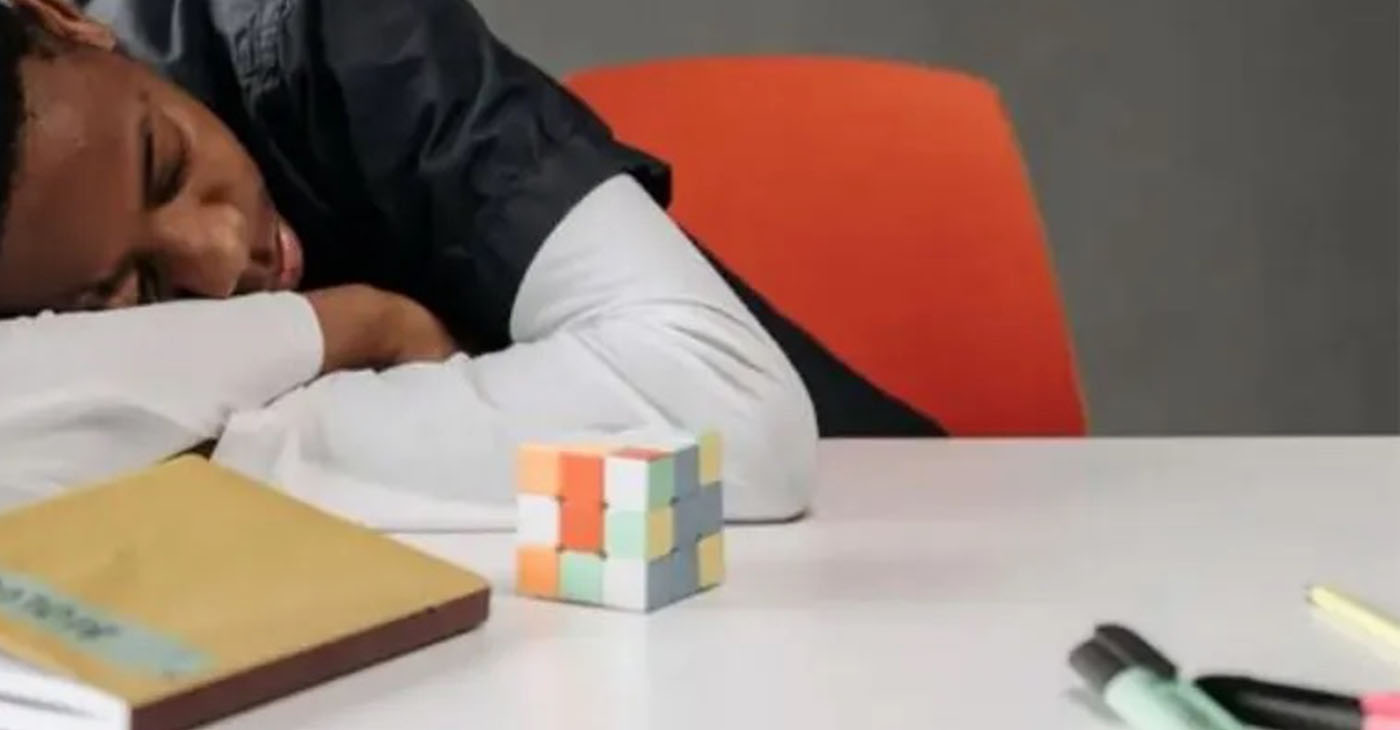
By Maya Pottiger, Word in Black
It’s no surprise that we’re living through difficult times. After two years, we’re still in a global pandemic, which has predominantly impacted people of color. In addition, Book bans, attacks on critical race theory, and partisan political fights target everything from Black youths’ sexuality, to history, to health.
And we’re seeing the effects.
Prior to the pandemic, in 2019, suicide was the second leading cause of death for Black youths ages 15 to 24, according to the Office of Minority Health. The same report found Black high school-aged girls were 60 percent more likely to attempt suicide than their white peers. And, by June 2020, the CDC saw the rate of Black respondents who reported having “seriously considered suicide” was significantly higher.
For a variety of reasons — ongoing stigma, lack of insurance, most accessible — Black students often rely on the mental health services offered at school.Outside of a mental health-specific practice, Black students were nearly 600 times as likely to get mental health help in an academic setting compared to other options, according to 2020 data from the Substance Abuse and Mental Health Services Administration.
In fact, mental health services in schools have been steadily gaining popularity among students since 2009, before dropping slightly in 2020 when the school year was interrupted, according to the SAMHSA report. As a result, the rate of students receiving mental health care through school decreased by 14 percent in 2020 compared to 2019.
So how are schools changing the way they address and prioritize mental health — and the specific needs of Black students — since 2020?
The Renewed Focus on Mental Health
For school-aged people, the majority of their time is spent in a school building — about eight hours per day, 10 months out of the year. To help address mental health during academic hours, schools are trying to focus on social-emotional learning: self-awareness, self-control, and interpersonal skills. This includes teaching kids how to be in touch with their emotions and protect against adverse mental health outcomes.
But it’s been difficult.
Though there’s been more conversation, the implementation is challenging, says Dr. Kizzy Albritton, an associate professor of school psychology at the University of Texas at Austin. There was already a shortage of school-based mental health professionals before the pandemic, which has now been exacerbated, as have mental health issues. In addition, though schools clearly recognize the importance of mental health, they aren’t always provided adequate resources.
“Unless there are more resources funneled into the school system, we’re going to see a continued catch-up issue across the board,” Albritton says. “And, unfortunately, our Black students are going to continue to suffer the most.”
In a survey of high school principals and students, Education Week Research Center found discrepancies in how principals and students viewed a school’s mental health services. While 86 percent of the principals said their schools provided services, only about 66 percent of students agreed. The survey did point out it’s possible the school offers these services and students aren’t aware. The survey also found Black and Latinx students were less likely than their peers to say their schools offered services.
Dr. Celeste Malone, the president-elect of the National Association for School Psychologists and a Howard University associate professor, says she hasn’t previously seen this degree of attention to mental health in schools.
“I see that a lot in my role for a school psychology graduate program: the outreach and people contacting me with openings where they didn’t exist previously,” Malone says. “With this increased push in funding to hire more, that’s definitely a very, very positive movement.”
Mental Health Is Not One Size Fits All
Just like with many aspects of health, Black youths need different mental health support from their peers of other races. They need a counselor who understands their lived experiences, like microaggressions and other forms of discrimination or racism, without the student having to explain.

For example, in order to best address the specific mental health needs of Black students, districts need to provide information breaking down mental health stigmas; focus on hiring Black counselors, social workers, and mental health professionals; and fund anti-racist and trauma-informed mental health practices, according to the Center for American Progress.
While she hears a lot of talk, Albritton says she isn’t seeing widespread evidence of these solutions in practice.
“There needs to be a willingness, first of all, to understand that our Black students, their needs look a lot different,” Albritton says. School officials need to understand where Black students are coming from — that their families and households experience systemic and structural racism, which are known to trigger anxiety and depression. The effects of the racial wealth gap also play a role, from the neighborhood kids are living in, to the schools they can attend to the impacts on their health. Students might be bringing worries about these challenges to school, which could be reflected in their behavior. This is why, Albritton says, it’s crucial to also work with students’ families.
The post #WordinBlack: Schools and Black Students’ Mental Health: The Kids Aren’t Alright appeared first on AFRO American Newspapers .
#NNPA BlackPress
LIVE! — ASK ALMA — TUES. 5.30.23 7PM EST
This week, guest host Leah Farmer King and her panel share tips and advice to reader mail. Leah and the panel, along with the …
The post LIVE! — ASK ALMA — TUES. 5.30.23 7PM EST first appeared on BlackPressUSA.

This week, guest host Leah Farmer King and her panel share tips and advice to reader mail. Leah and the panel, along with the …
The post LIVE! — ASK ALMA — TUES. 5.30.23 7PM EST first appeared on BlackPressUSA.
#NNPA BlackPress
LIVE! — ASK ALMA! — TUES. 1.9.24 7 PM EST
HAPPY NEW YEAR! Welcome back for our first show of the year! This week, Alma and her panel answer viewer mail. As always …
The post LIVE! — ASK ALMA! — TUES. 1.9.24 7 PM EST first appeared on BlackPressUSA.

HAPPY NEW YEAR! Welcome back for our first show of the year! This week, Alma and her panel answer viewer mail. As always …
The post LIVE! — ASK ALMA! — TUES. 1.9.24 7 PM EST first appeared on BlackPressUSA.
#NNPA BlackPress
LIVE! — ASK ALMA! — TUES. 1.30.24 7PM EST
Think you’re the only one with problems? Each week, NNPA advice columnist Alma Gill, along with her panel of guest advisors …
The post LIVE! — ASK ALMA! — TUES. 1.30.24 7PM EST first appeared on BlackPressUSA.

Think you’re the only one with problems? Each week, NNPA advice columnist Alma Gill, along with her panel of guest advisors …
The post LIVE! — ASK ALMA! — TUES. 1.30.24 7PM EST first appeared on BlackPressUSA.
-
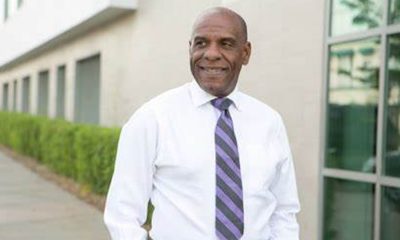
 Community3 weeks ago
Community3 weeks agoFinancial Assistance Bill for Descendants of Enslaved Persons to Help Them Purchase, Own, or Maintain a Home
-

 Business3 weeks ago
Business3 weeks agoV.P. Kamala Harris: Americans With Criminal Records Will Soon Be Eligible for SBA Loans
-

 Activism4 weeks ago
Activism4 weeks agoOakland Post: Week of April 10 – 16, 2024
-
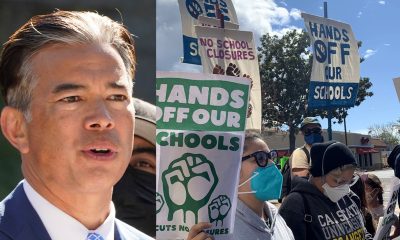
 Community3 weeks ago
Community3 weeks agoAG Bonta Says Oakland School Leaders Should Comply with State Laws to Avoid ‘Disparate Harm’ When Closing or Merging Schools
-

 Activism2 weeks ago
Activism2 weeks agoOakland Post: Week of April 24 – 30, 2024
-

 City Government3 days ago
City Government3 days agoCourt Throws Out Law That Allowed Californians to Build Duplexes, Triplexes and RDUs on Their Properties
-

 Community2 weeks ago
Community2 weeks agoRichmond Nonprofit Helps Ex-Felons Get Back on Their Feet
-
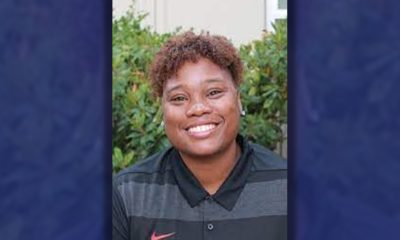
 Community2 weeks ago
Community2 weeks agoOakland WNBA Player to be Inducted Into Hall of Fame

